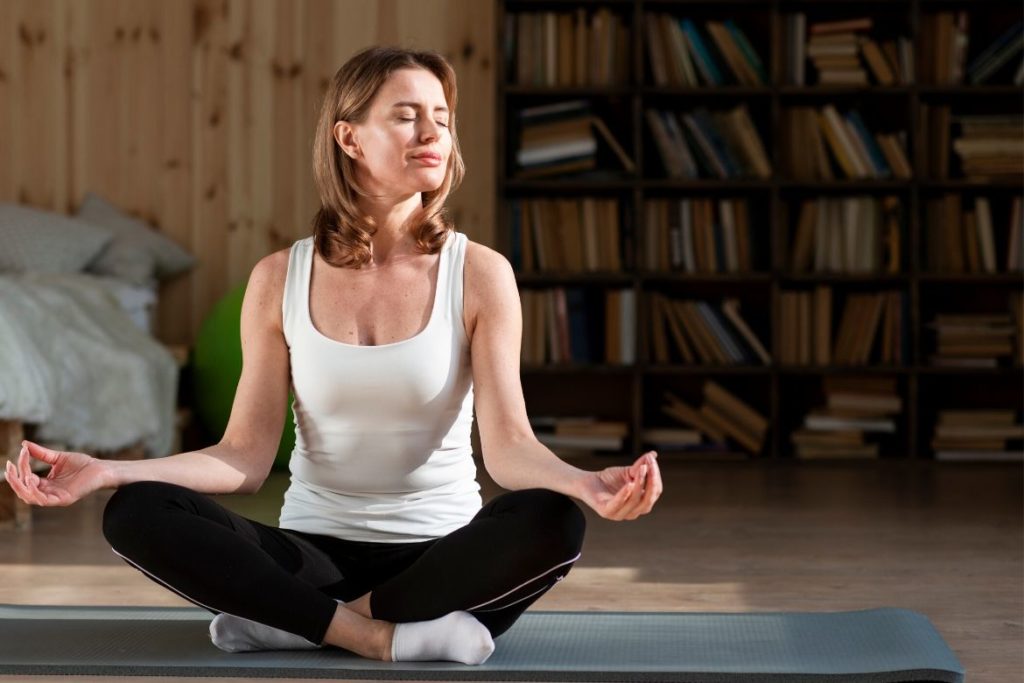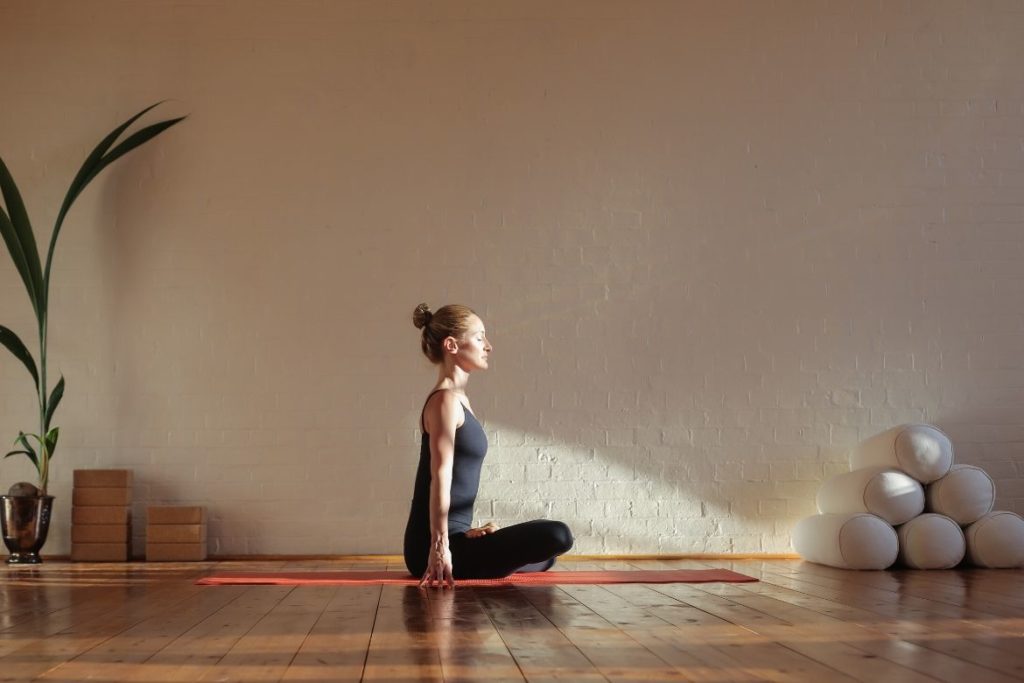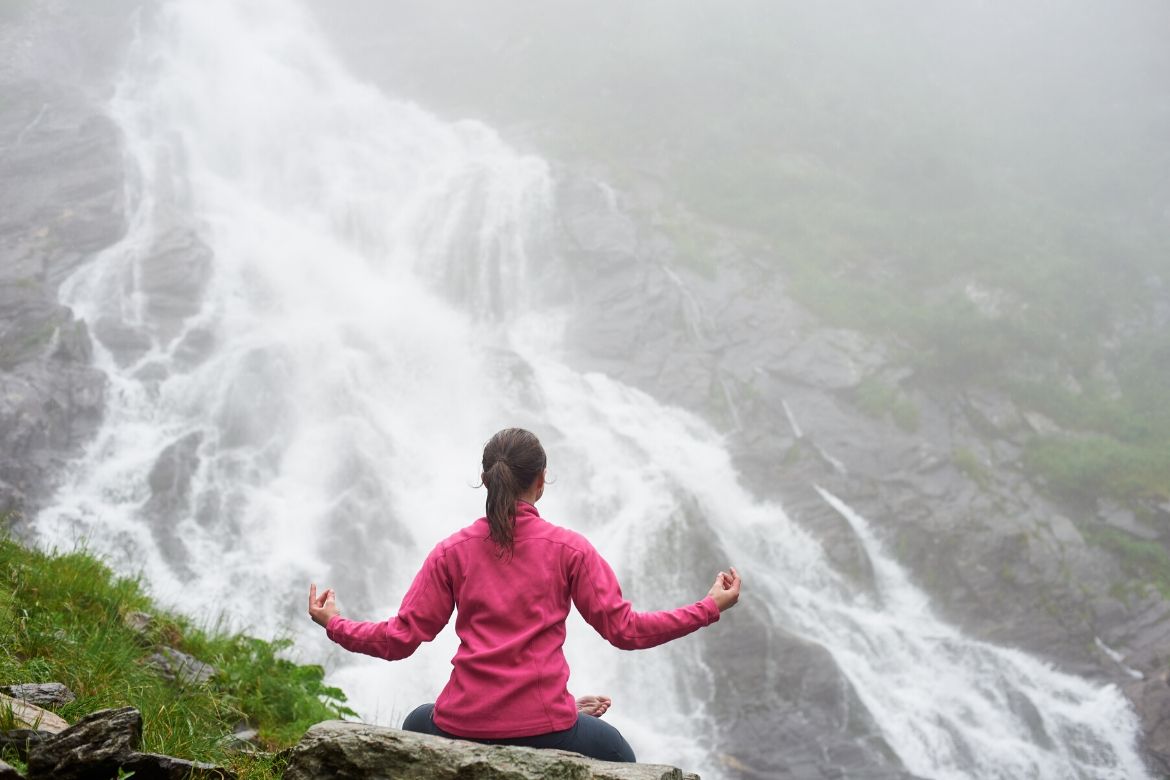- Overview
Meditation is a wonderful habit to start and a difficult habit to keep. The habit of meditation is one of the most powerful and simplest habits to start. You can meditate anywhere, and at any time. It will have beneficial effects. It is simple as paying attention to your breath while sitting in your car or sitting at the coffee shop or in the office while walking or bathing. It can take a minute or two. There’s no excuse for not doing it when you simplify the meditation habit.

- How to make it a habit?
Meditation can be practiced in different ways. The prime concern is to form the daily habit of meditation. Hence, the method will be as simple as possible.
Also Read:-Reduce Acne With The Help Of Carrot Creamy Soup!
- Dedicate at least 2-3 minutes a day. Start simply if you want the habit to stay. You can do it for 5 minutes if you feel good about it, but in all, you have to commit 2 minutes each day. This is important. Most people can meditate for 15-30 minutes. It is not a test of how strong you are. You need to form a long-lasting habit. Hence, start with just two-three minutes. Forming a habit with a small start is more likely to succeed. You can extend up to 5-7 minutes for 7 straight days, then 10 minutes for 14 straight days, then 15 minutes for 21 straight days.
- Pick a time and trigger. Not an exact time but a general time, like a morning when you wake up, or before the lunch hour. The trigger should be any activity from your daily routine like drinking your cup of coffee, brushing your teeth, having lunch, or arriving home from work. Establish a regular time to practice according to your schedule and mood. If you are a morning person, experiment it before breakfast. If evening fits your schedule, go for it. Begin with 2-3 minutes at a time. Later sit longer or frequently. Daily meditation can bring a regular cleansing and calm to your heart and mind.
- Find a quiet spot. Early morning is the preferable time for meditation. Others might find a spot in a park, in a corner of the bedroom or any other quiet spot in the home or on the beach or some other soothing setting. The place doesn’t matter as long as you can sit without any disturbance for a few minutes. Select a suitable spot for regular meditation. Take a cushion or chair. Arrange your surroundings so that it feels like a peaceful space. Let yourself enjoy creating this space for yourself.

- Sit comfortably. Don’t fuss too much – sitting arrangement, outfit, and what you sit on, etc. You can sit on a pillow on the floor, with back leaning against a wall or cross-legged. You can also sit on a chair or couch if sitting on the floor is uncomfortable. Zen practitioners often use a zafu (a round cushion filled with kapok or buckwheat). You can sit on a bare floor. Find a comfortable posture in which you can sit erect without being rigid. Let your body be firmly planted on the ground, hands resting, and eyes closed gently. Feel your body and consciously soften stress if any. Let go of any habitual thoughts or worries.
- Focus on the breathing pattern. As you breathe in, follow your breath through the nostrils, then throat, lungs and belly. Sit erect, keep your eyes open, look at the ground with a soft focus or you can also close your eyes. Follow breathe out. Count as one breath in, two breath out, three breath in, four breath out and so on. When you count 10, start over. If your mind starts wandering, pay attention and bring it back to your breath. Repeat the process. Feel the breath. Take a few deep breaths to sense the breath. It can be in the form of coolness or tingling in the nostrils or throat, as the movement of the chest, or rise and fall of the belly. Let your breath be natural. Feel the sensations of breathing, relaxing into each breath. Notice the movement of soft sensations of breathing with the changing breath.
Also Read:-How can I stop thoughts while meditating?
- After a few breaths, your mind will start wandering. When you notice this, come back to the next breath. Before returning, acknowledge where you have gone. Later, you will be able to work mindfully with all the places your mind wanders to. You won’t be very good at it at first, most but you’ll get better with practice.
- Let the breath change rhythm, allowing it to be short, long, fast, slow, rough, or easy. Calm yourself. Your breath becomes soft and your attention becomes gentle as well as careful. You will gradually learn to calm using the breath with the practice. There will be many cycles in this process. Stay with it. As you listen deeply, you will find that mindfulness developed on the breath helps to connect with your body and mind.
- Don’t set the goal where nobody holds you accountable. Take a pledge. Write down a date, location, what you would like to pledge and sign your name. Post it to your social networking sites, let your friends hold you accountable. Positive peer pressure will get you out of your laziness.

- Follow a meditation calender. Every day, after your session put down the minutes you meditated, rate your session and write down your experience. Whatever you track, it will expand. A monthly calendar will help you keep track of your progress and improvements.
- Find several music tracks and stick with it. Meditation music is the perfect helper and timer for meditation practice. Let your body know, once the music starts, you have to get into the back straight posture. Do not fall asleep and don’t come out until the music finishes. The best music is whatever you feel most relaxed with.
- Join a meditation group. Use Meetup to find different meditation groups in your area. Group meditation allows you to associate like-minded people. You might have many questions as you meditate more, other meditators may be able to help you out.
- The different meditation apps will give you tips, music and guides. For beginners, they can be very helpful. Simply go into the store and download different meditation apps to try out and see which one you like best. Get MUSE, Bluetooth EEG headset. This is a headset you can wear. It monitors your brainwave as you do it. At the end of your session, you can see your results. If you are interested in technology, this is a great gadget to have for meditation.

It’s a very simple practice Do this for a month and you’ll develop a daily meditation habit.
